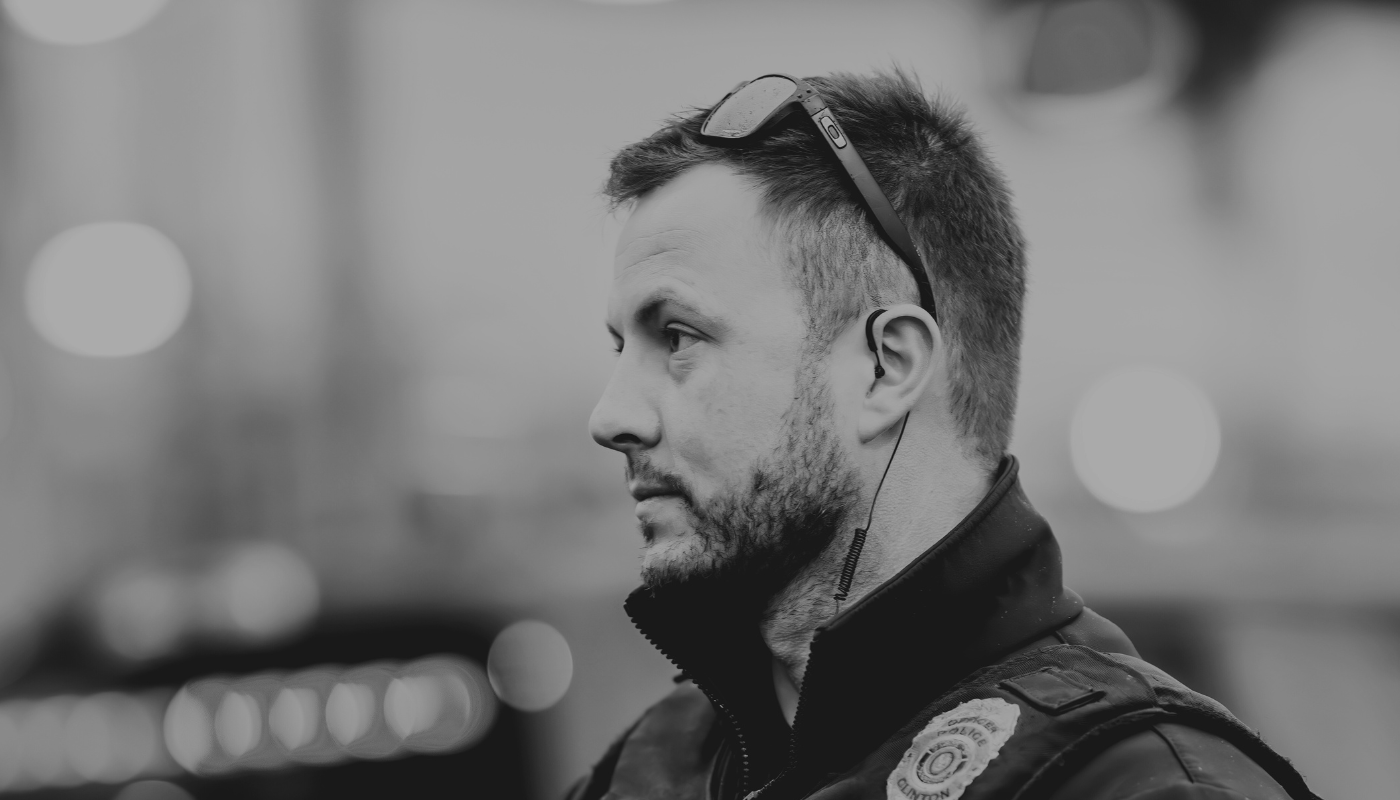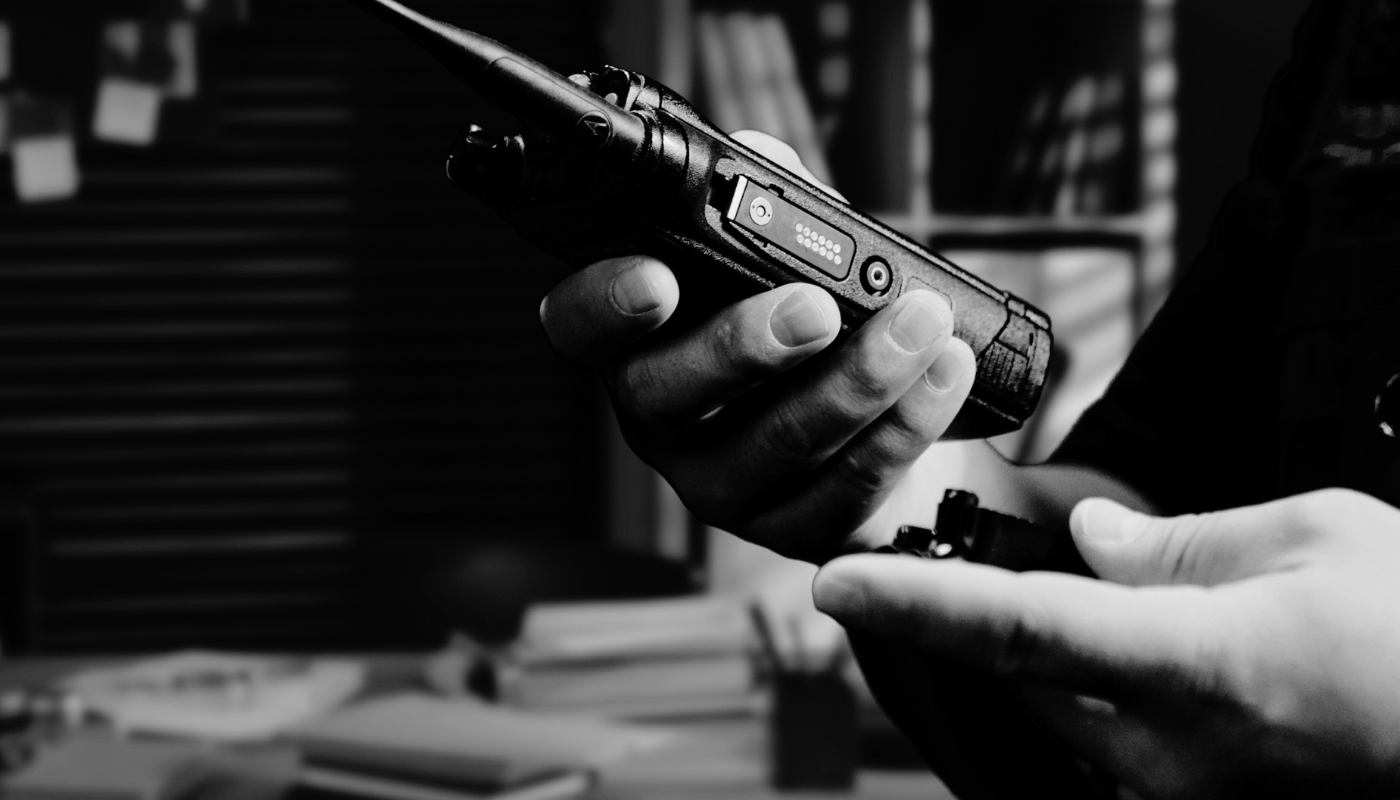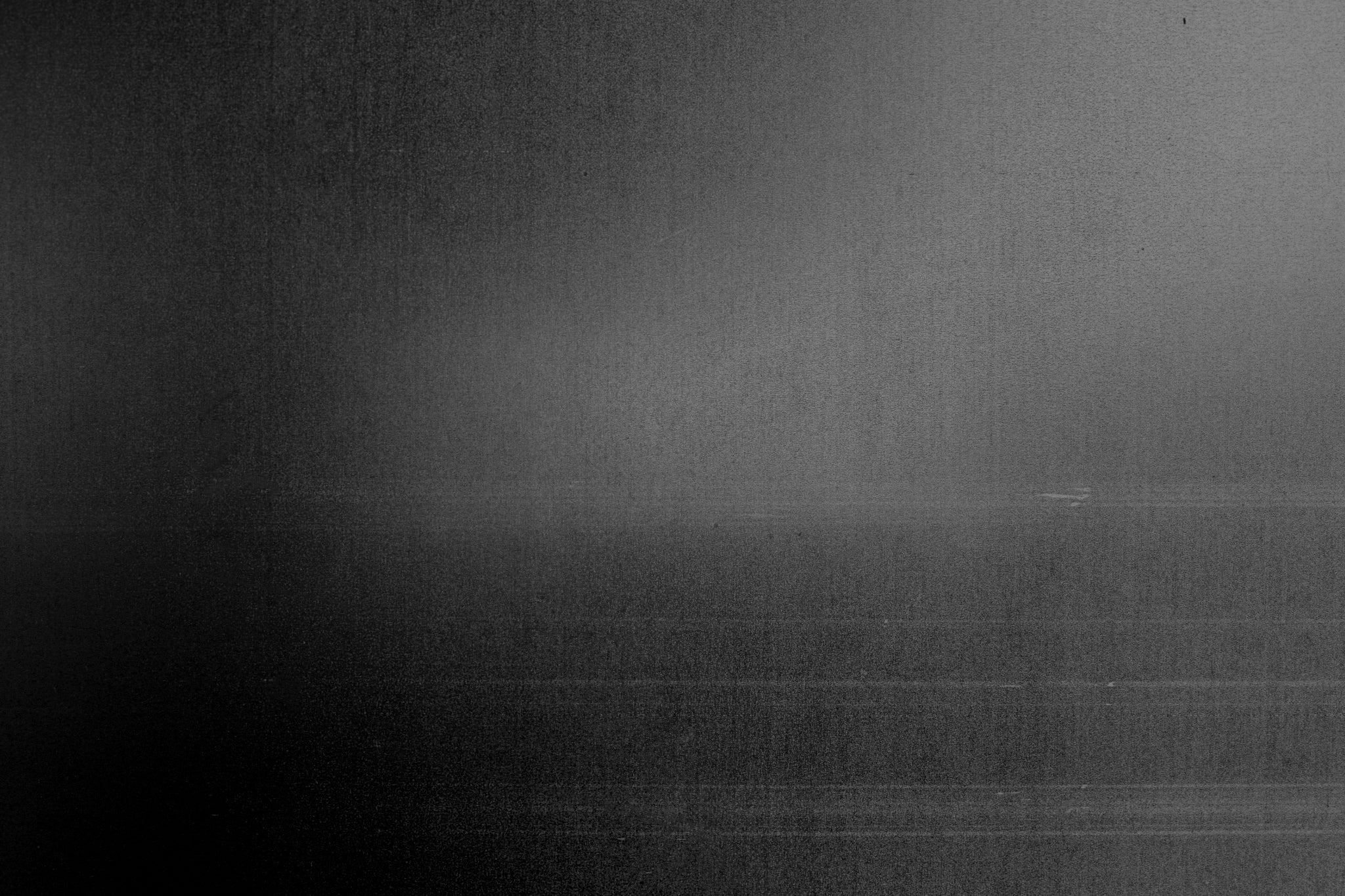Discover:

SHEEPDOG® HDLO Series
Engineered for complete situational awareness. Lightweight. Premium voice audio. Low-profile, durable cabling. Available in Covert & Tactical (Braided) configurations.
Introducing:

SHEEPDOG® CYCLONE2 PTT
The CYCLONE2™ Quick Disconnect Push-To-Talk (PTT) Microphone (IP67 Waterproof) is built with a premium direction microphone, and a 3.5mm audio port.








